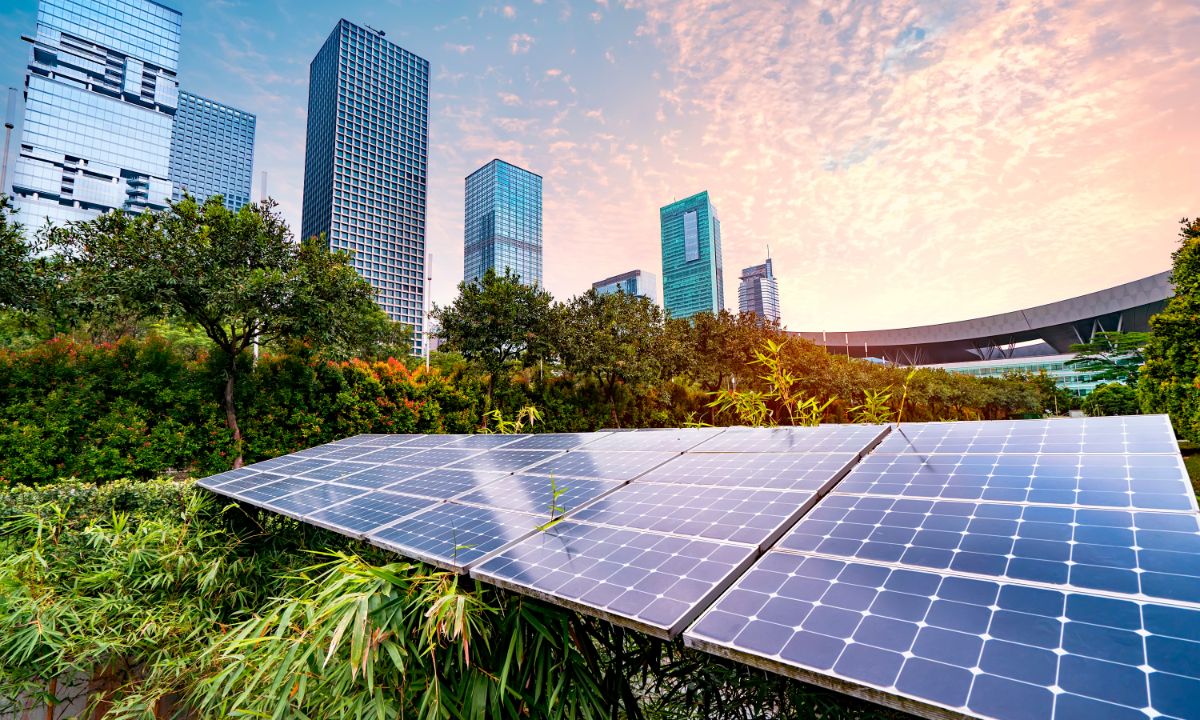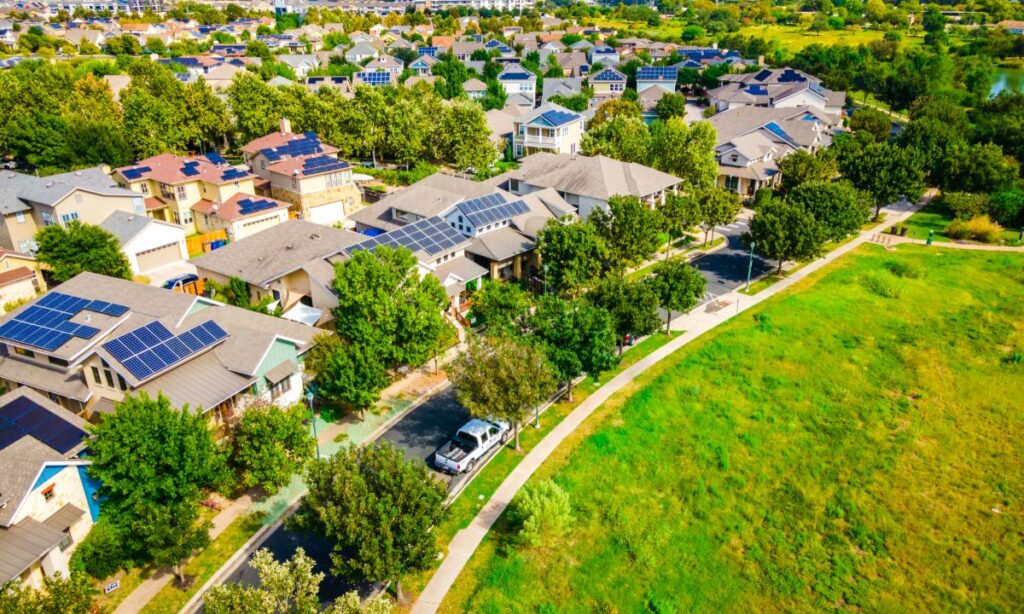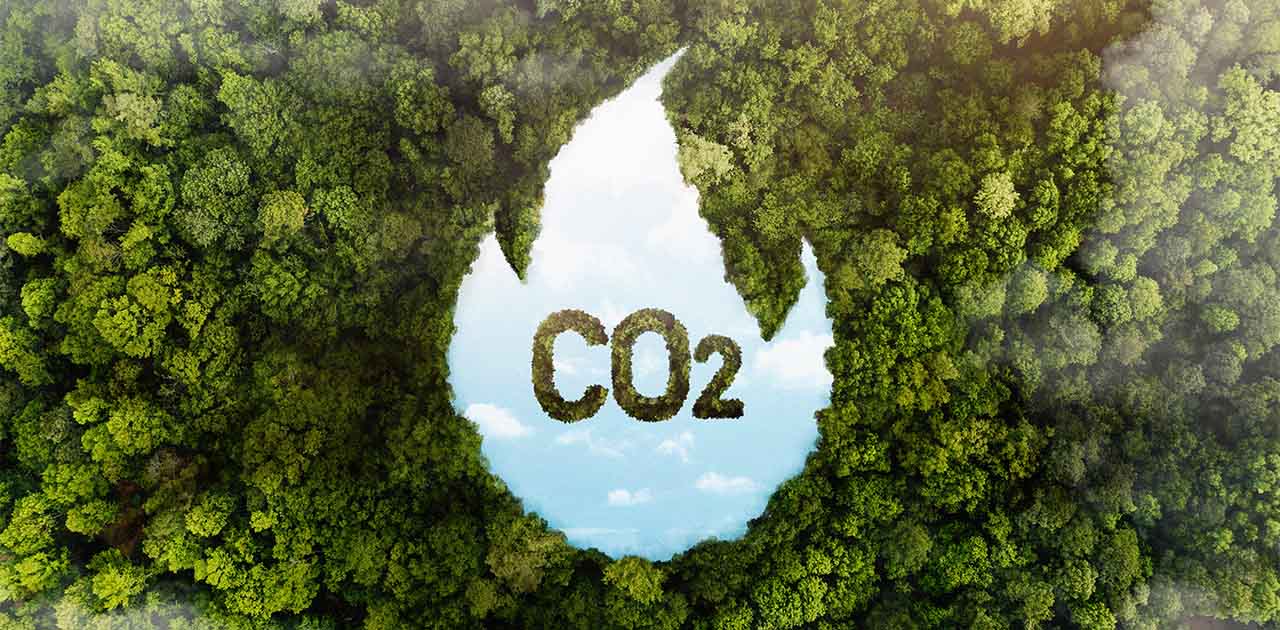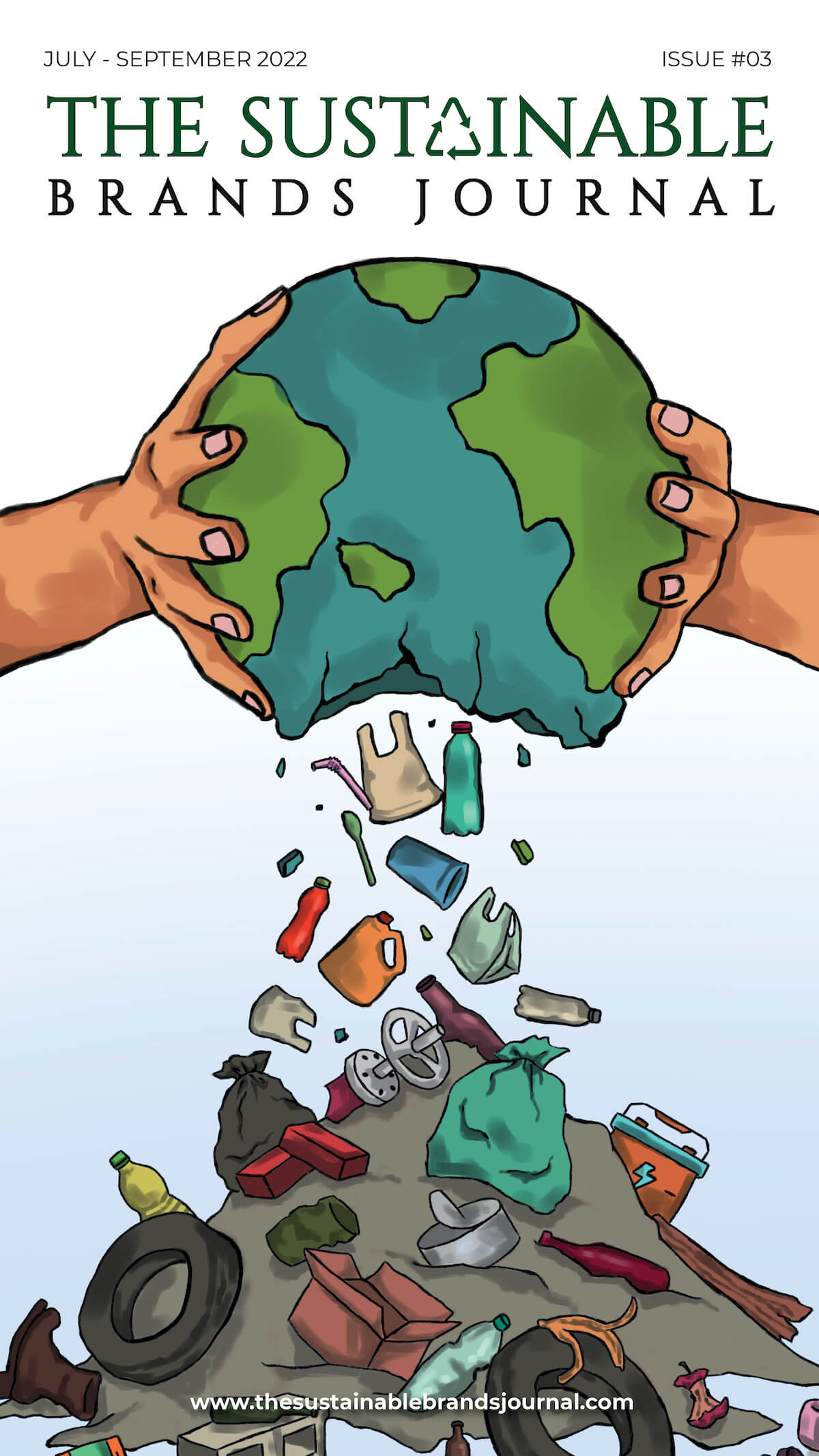
Dubai’s ‘Sustainable City’ Hasn’t Started the Trend it Was Supposed to
Dubai’s Sustainable City, a 46-hectare eco-friendly development project, aimed to redefine urban planning. This project was launched with great enthusiasm and fanfare to help Dubai set a global standard for other countries for sustainable urban living. Featuring solar-powered infrastructures, waste management systems, and energy-efficient suburban residences, this project aimed to promote sustainable practices and foster a sense of community, at the same time. Regardless of its green farms, vast green spaces, communal areas, etc., Dubai’s Sustainable City didn’t start the trend it had hoped to.
Let’s find out the reasons behind its failures and compare its current situation with the initial promises made.
Background of Dubai’s Sustainable City

A groundbreaking and revolutionary project headed and driven by the Diamond Developers is Dubai’s Sustainable City. It is located in Dubailand on Al Qudra Road. This project strives to be the beacon of sustainability and mindfulness that highlights a net zero energy community. It brings together social, economic, and environmental sustainability in its operations and designs. The initial phase of this project included the plan for residential units and community facilities. The second phase encompassed a more detailed plan that was inclusive of hotels, wellness centers, and more. This phase focuses on expanding its scope to include educational and healthcare facilities.
Objectives and Promises
The Sustainable City Project was conceived with a broad vision of minimizing the environmental impact and giving its residents a high quality of life. It vows to offer a sustainable lifestyle by including large green spaces, renewable energy solutions, and recycling systems. The city strives to influence urban development by demonstrating the viability of sustainable living practices. They intended this project to inspire similar projects across this region. The merits of the residents included lower costs of energy consumed, a better living environment, and access to fresh organic produce within the community.
Challenges Faced
Despite the mindful and ambitious goals, Sustainable City has been challenged by several issues. Logistical and technical issues arose during the implementation of this sophisticated sustainable system. The challenges included the integration of solar energy solutions and recycling mechanisms. Financial issues also were significant. Large initial investments that needed careful management of resources and support from the government and private investors posed a huge threat. The development also underwent bureaucratic hurdles that required navigation to comply with native laws to achieve this huge goal.
Public Reception and Adoption
- Community and Resident Feedback: The feedback that the Sustainable City experience received was quite mixed. The residents and broader community have praised the green and eco-friendly infrastructure. They also have applauded the over-design of the community that concentrates on sustainability. They have also appreciated the efforts put in minimizing the carbon footprint that encourages the community to foster a friendly relationship through shared amenities like organic farms and local businesses.
- Actual benefits versus the promised outcomes: The success of this project is quite notable, however, there are significant concerns that the initial promises have not been entirely realized. The highs include waste recycling and reduction in carbon dioxide emissions. The city was envisioned as a model for future urban developments that ensured zero emissions and great savings on consumed energy. Greater living costs and occasional challenges in infrastructure have led to scepticism about the overall effectiveness of delivering all its outcomes.
- Adoption rates and low uptake reasons: The acceptance of Sustainable City has been rather underwhelming. Many factors contribute to this like the high costs of living. There is also limited awareness of the benefits of sustainable living practices making it harder to be accepted. Moreover, cultural preferences for conventional urban living and the city’s location relative to key economic hubs have also played a role in the low uptake rates. It showcases the need for greater public awareness and better incentives to attract a broader demographic.
Reasons for Not Setting a Trend
Here’s why Dubai’s Sustainable City has not started the trend it was supposed to:
Dubai’s Sustainable City has not lit a fire due to several barriers. Economic factors like the greater cost of sustainable technologies and living plays a significant role. Furthermore, cultural and social barriers have also played a part. The unavailability of widespread policy support and lack of incentives also hinders the acceptance of this initiative.
- Economic, cultural, and social barriers: The major economic constraints include great upfront costs that are associated with sustainable technologies and infrastructure. The cultural factors include the preferences of conventional energy-intensive lifestyles. The lack of awareness of the benefits of sustainable practices comprises the social barriers. Together, these factors limit the adoption and replication of similar initiatives.
- The role of government policies & support in sustainable development: Support from authoritative bodies is critical to drive such initiatives. Successful projects like Masdar City are backed by strong government bodies. They also provide financial benefits, policy frameworks that promote sustainable practices, and robust public and private partnerships. This sort of comprehensive support is lacking in Dubai.
Future Outlook
The scope for Sustainable City’s improvement and scaling is significant despite all the hurdles encountered. Improving the affordability and accessibility of sustainable technologies and enhancing awareness can help this city realize its full potential. Furthermore, integrating advanced technologies can enhance the overall efficiency and attractiveness of this city.
Conclusion
The innovative infrastructure and ambitious vision of Dubai’s Sustainable City have not yet created the traction it should have. Many factors contribute to such an outcome like challenges in changing established lifestyle practices, greater costs of living, and low engagement from the public. The city is certainly a testament to what is possible in sustainable urban planning, its impact however, has not yet extended as far as hoped. The social, economic, and cultural factors have also played a huge role in the lack of acceptance of this initiative. The path toward widespread sustainable practices and living shall continue and it needs persistent effort and innovation to overcome the hurdles encountered. Through Sustainable City’s journey, valuable insights have been realized into the complexities of promoting sustainable living on a greater scale.

Prachi, an accomplished Chief-Editor at The Sustainable Brands Journal, has 15+ years of experience in Europe, the Middle East, and India, managing 90+ global sustainable brands. She’s a prolific writer in sustainability, contributing to various publications. Prachi’s unwavering passion and expertise make her a recognized authority, driving positive change and inspiring a sustainable future.





